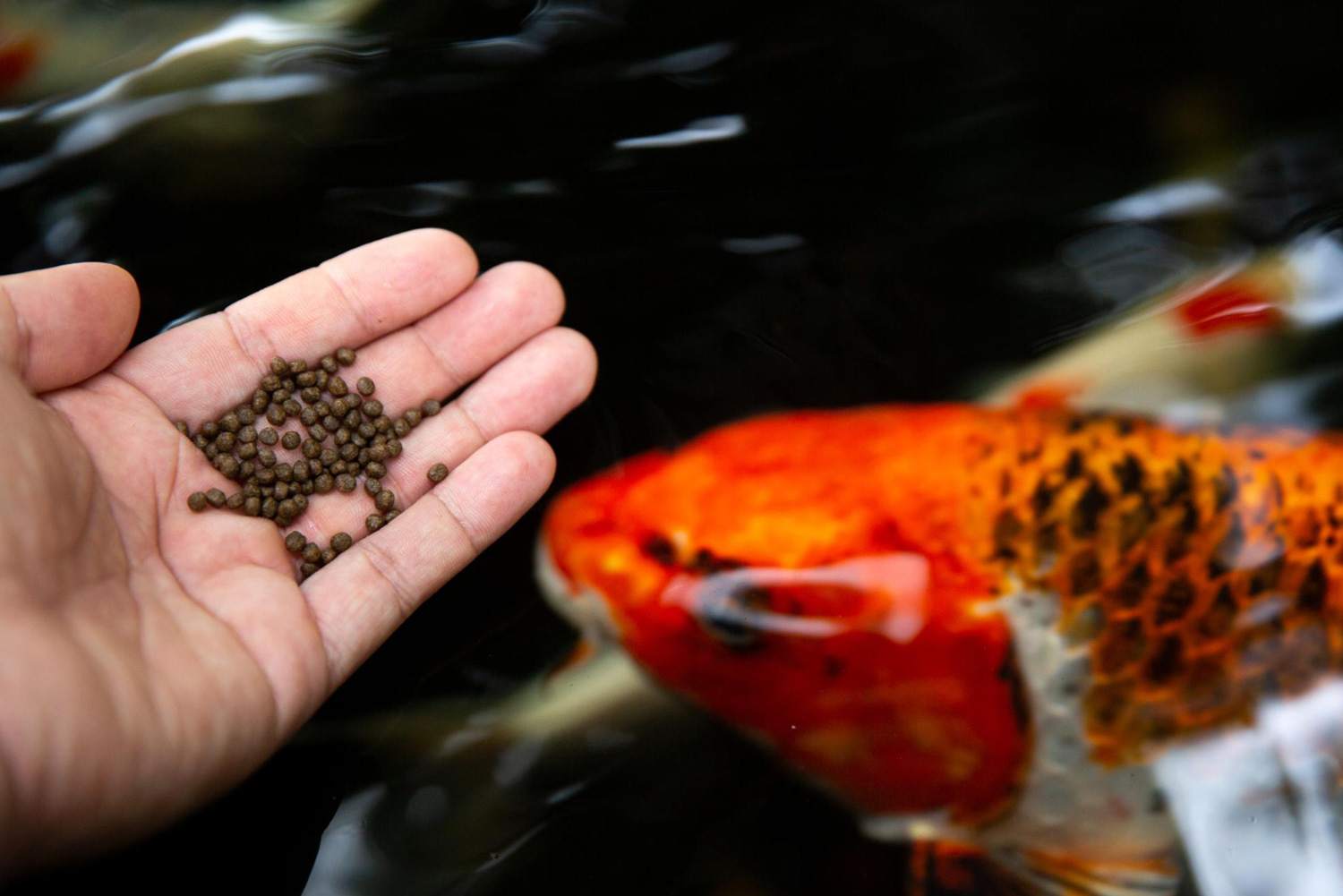What Goes Into Quality Shrimp Feed? Formulation that works

In shrimp farming, feed is a lever for growth, health, and profitability, and the better you understand what goes into quality shrimp feed, the better positioned you are to improve outcomes across the board.
For farmers scaling up, for feed millers refining their blends, and for anyone distributing feed in India’s aquaculture industry, this isn’t a technical checklist; it’s a critical edge.
At Valvin, we’ve spent years developing practical, performance-based feed solutions that work in the pond, not just on paper. Here's what goes into making shrimp feed that delivers.
Nutritional Requirements for Shrimp
Shrimp don’t have stomachs like fish or birds. They digest differently, and they grow quickly, which means feed must do more than simply fill them up. It has to deliver the right nutrients at the right time in the right form. A complete shrimp diet needs:- Protein – to build tissue and support moulting. Sources like fish meal and soybean meal are still go-tos. Krill and corn gluten help with palatability.
- Fat (lipids) – for energy and vitamin absorption. Omega-3s and Omega-6s are essential, typically from fish oil or soybean oil.
- Carbs – shrimp don’t rely heavily on carbs, but a little goes a long way as an energy buffer.
- Vitamins and minerals – support immune function and overall metabolism.
- Amino acids – especially lysine and methionine, which are key for proper protein utilisation.
Ingredients Used in Shrimp Feed
Shrimp feed isn’t only about what's inside; it's about how well those ingredients hold up in water and inside the shrimp. At Valvin, we focus on quality sourcing and clean formulation. No shortcuts. We build our base around:- Proteins: fish meal, soy, corn gluten, krill
- Carbs: wheat flour, rice bran, cassava starch
- Fats: fish oil, soybean oil, lecithin
- Probiotics and prebiotics for gut health
- Digestive enzymes for better nutrient absorption
- Antioxidants and pigment enhancers
- Mycotoxin binders to protect against spoilage
- Mould inhibitors to extend shelf life
Feed Formulation Techniques
Water conditions, life stage, and stocking density all influence what the shrimp need and how they respond. So we approach formulation as a field-informed process. It starts with:- Nutrient targets based on species, growth phase, and local climate
- Cost-performance balance to keep feed both effective and scalable
- Precision use of additives, including immunity boosters and stabilisers
- Testing for water durability, sink rate, and pellet hardness
Feeding Strategies and Schedules
You can have the best feed in the world, but without a smart feeding routine, it won’t deliver. Overfeeding wastes money and pollutes water. Underfeeding slows growth and weakens shrimp. Our recommendations are built from what works in the field:- Feed based on biomass, not guesswork
- Split feed into 3–5 sessions per day, not one bulk drop
- Use trays to track appetite and adjust as needed
- Always align with water quality parameters, especially dissolved oxygen and temperature.
Monitoring Growth and Health
Shrimp farming is always a little unpredictable: disease pressure, water shifts, weather swings. A well-formulated feed isn’t just about weight gain; it’s about helping shrimp bounce back when conditions get rough.That’s where animal feed additives come in. It includes targeted supplements to reduce vulnerability to:
- Vibrio
- White Spot Virus
- Gut inflammation
- Stress during moulting or crowding

